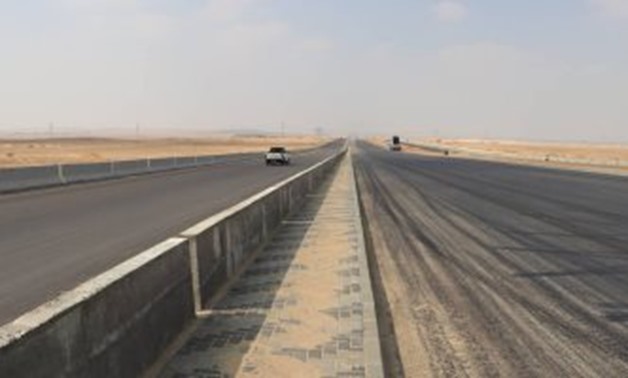
Ring road - File
CAIRO – 2 May 2020: Egypt’s Transport Ministry plans to adopt BRT systems for buses on the Ring Road in a bid to lessen traffic jam on the highway leading to Greater Cairo.
BRT stands for Bus Rapid Transit, which are systems for buses aiming to reduce speed. These buses will have large capacity, run by electricity, and will stop at fixed stations that will be identified along the Ring Road.
Work is under way to allocate and equip isolated lanes and parking stations along the ring road. The implementation of this project will be under the supervision of the Ministry of Transport in cooperation with the governorates of Cairo, Giza and Qaliubiya.
The mechanism for implementing this project has not been established, and the number of lanes planned to be established is eight in each direction.
The Ministry of Transport is negotiating with the World Bank to provide financing for the cost of this project's implementation and its infrastructure in the form of a soft loan.
Last November, Egyptian Minister of Transport discussed with Swedish Ambassador to Cairo Jan Thesleff ways of cooperation in road safety. Sweden has adopted years ago the Vision Zero, per which it was able to halve its road deaths; its vision has inspired many countries to follow in suit.
“During the meeting, we talked about finding smooth transport solutions, and you are building a very impressive metro system in Cairo, and there are other ways to ease traffic problems like the Bus Rapid Transit (BRT) systems for buses, and measures to reduce speed. I was happy to discuss with our Egyptian partners ways of educating people and children about traffic risks,” said Thesleff in an interview with Egypt Today in February.
Vision Zero is an initiative that the Swedish government launched in 1995, where all stakeholders are brought together with the joint vision that no individual should die or be seriously injured on Swedish roads.
Under the vision, new measures and approaches have been introduced, for example, many roads have been equipped with a central barrier to prevent head-on accidents; the police can control the speed of cars with cameras; many four-road junctions have been replaced with roundabouts; the automotive industry is investing in safer cars, buses and safety enhancing equipment (e.g. traffic cameras and traffic monitoring systems); and when the traffic environment in urban areas is designed, the focus is on vulnerable road-users.
The UN has set a goal for countries to reduce road accidents worldwide by 50% until 2020; however, this goal was not achieved, and another strategy was announced last February during the 3rd Ministerial Global Road Safety Conference that took place in Stockholm to accomplish the mission.

Comments
Leave a Comment